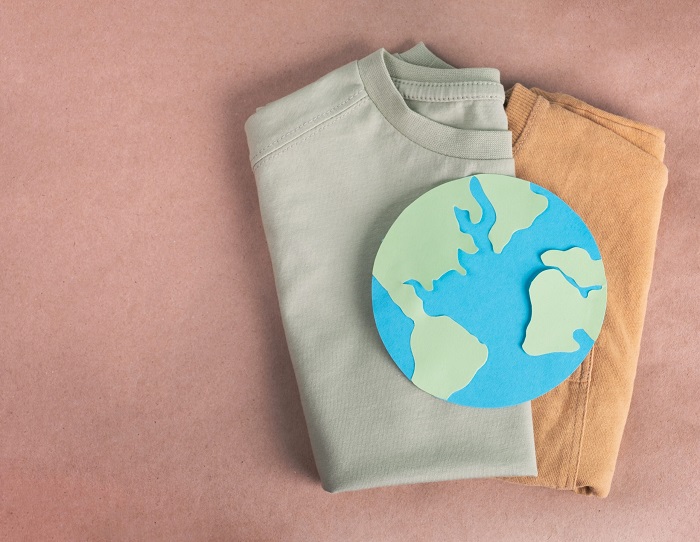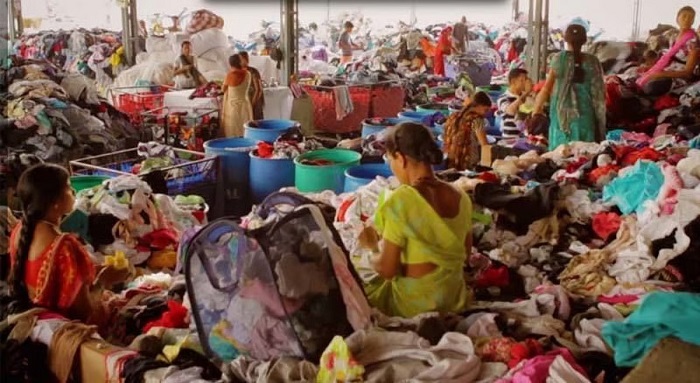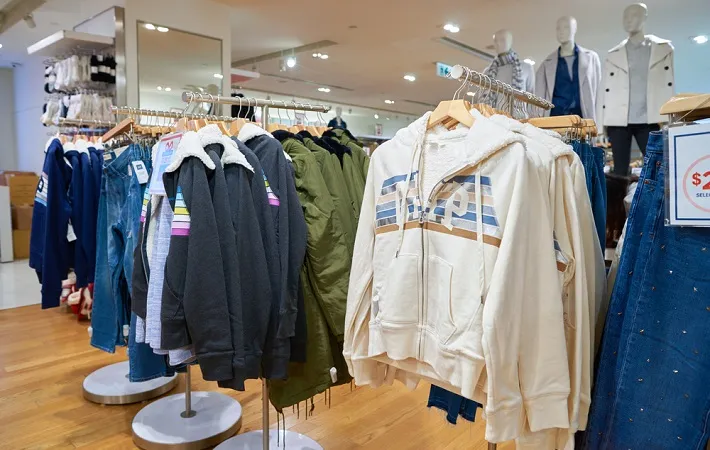
A new generation of consumers in post-pandemic times is making it easy to buy and sell second-hand apparel, shoes, and accessories on a variety of online resale platforms. Buyers can browse through a versatile portfolio of premium and luxury brands. Analysts say one in every three apparel items bought globally in the last year has been second- online resale platforms hand with 37 per cent consumers spending their limited budget in the pre-loved segment as inflation rises.
The resale and pre-loved branded goods market is a quick growing one with many retailers adding this segment to sustain their core business. There is now a rising tide of retailers and brands that want to understand how to develop a retail strategy that includes second-hand and creating a brand USP that is profitable to both the customer and the company.
Report predicts global market growth
Many online resale platforms for apparel, shoes, and accessories are doing very well in the sale of second-hand apparel as consumers gravitate towards this segment amid economic uncertainty. Online thrift marketplace ThredUp- one of the largest online resale platforms –recently revealed its 2023 resale report which predicts by 2027, global resale market will reach $350 billion, with the US market growing to $70 billion.
Apparel retailers are now accelerating their pre-loved resale marketing strategies and last year, around 88 brands launched resale programs with many partnering with ThredUp’s Resale As A Service or RaaS. In post-Covid times, two out of three retailers who offer resale, feel it is an intrinsic part of their long-term growth strategy and overall profit figures.
Anthony Marino, President, ThredUp in an interview to Forbes said: “Consumers search for value in a crisis. Consumers bought 1.4 billion pieces of secondhand apparel items instead of new last year. That’s a 40 per cent increase from the year before. People in their minds, are connecting the purchase of the secondhand item, and are acknowledging that it impacts the environment. 2022 was a year when retailers were struggling and we noticed that they needed a strategy for resale.”
According to ThreadUp, growing demand has propelled the second-hand industry for apparel, shoes and accessories to $177 billion in global sales last year, a 28 per cent increase over 2021. This is mainly due to surging inflation and more retailers who are curating resale and pre-loved offerings along with an increased awareness of sustainable shopping habits. The ThredUp 2023 report, which relies on research and data from third-party retail analytics firm GlobalData, has predicts the second-hand industry will double to $351 billion in global sales by 2027.
As per Marino, Threadup’s Fashion Footprint Calculator asks a couple of questions to find out if one is a net polluter or not. Without preaching, it offers information and shows you how to improve by buying a few more products that are secondhand rather than new.
Selling second-hand items online stores are an attraction for those looking for branded clothes but have budget constraints. Chinese retailer, Shein, which focuses on a fast fashion model, entered resale space last year with Shein Exchange site. Likewise, H&M launched an online resale platform with ThredUp and H&M’s recent annual reports have said it expects climate-aware consumers to buy more sustainable products in the future which indicates a potential shift in consumer preferences in post-Covid times.
With the Gen Z most attracted to resale and larger fashion companies looking to reduce their greenhouse gas emissions and water and plastic footprints, the rise of secondhand and other circular business models is on the way up and up in the turbulent days of global inflation ahead.











